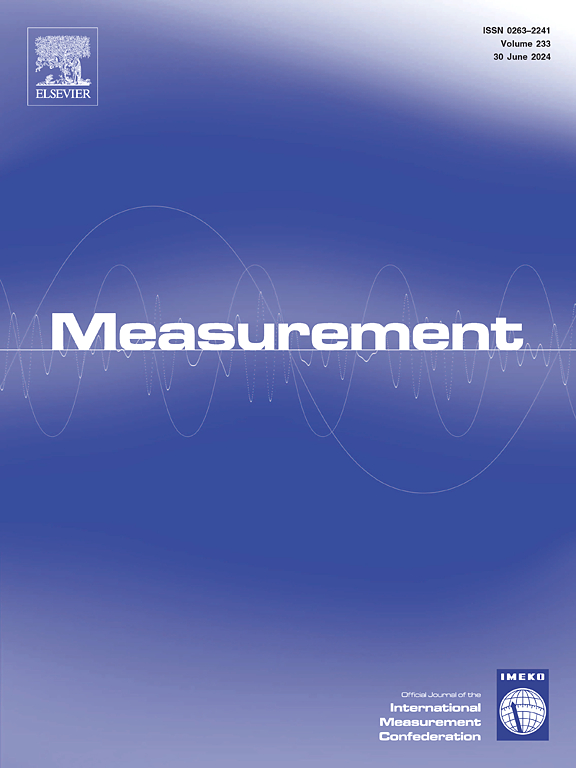通过机器学习诊断工业机器故障的路线图:简要回顾
IF 5.2
2区 工程技术
Q1 ENGINEERING, MULTIDISCIPLINARY
引用次数: 0
摘要
在故障诊断领域,机器学习理论越来越受欢迎,因为它们被证明是一种高效的工具,不仅能减少人力,还能自动识别机器的健康状况。在这项工作中,我们试图系统地回顾机器学习理论在故障诊断领域从无到有的进展,并展望未来。最初,人工智能的出现开始削弱人力,而人力的效率依赖于专家知识的特征提取。深度学习理论的引入通过实现人工辅助、鼓励诊断过程中的端到端加密,改革了故障诊断过程。深度学习理论还填补了大量监测数据与工业机器健康状况之间的空白。深度学习理论的未来,即在故障诊断过程中将一个领域的知识应用到另一个相关领域的迁移学习,也得到了回顾。最后,简要讨论了机器学习理论的研究趋势及其在故障诊断中面临的挑战。本文章由计算机程序翻译,如有差异,请以英文原文为准。
A roadmap to fault diagnosis of industrial machines via machine learning: A brief review
In fault diagnosis, machine learning theories are gaining popularity as they proved to be an efficient tool that not only reduces human effort but also identifies the health conditions of the machines automatically. In this work, an attempt has been made to systematically review the progress of machine learning theories in fault diagnosis from scratch to future perspectives. Initially, artificial intelligence came into the picture which started to weaken the human effort whose efficiency relies on feature extraction which depends on expert knowledge. The introduction of deep learning theories has reformed the fault diagnosis process by realising the artificial aid, encouraging end-to-end encryption in the diagnostic procedure. The deep learning theories have also filled the gap between the large amount of monitoring data and the health conditions of industrial machines. The future of deep learning theories i.e. transfer learning which uses the knowledge of one domain to another related domain during fault diagnosis has been reviewed. In last, the research trends of the machine learning theories have been briefly discussed along with their challenges in fault diagnostics.
求助全文
通过发布文献求助,成功后即可免费获取论文全文。
去求助
来源期刊

Measurement
工程技术-工程:综合
CiteScore
10.20
自引率
12.50%
发文量
1589
审稿时长
12.1 months
期刊介绍:
Contributions are invited on novel achievements in all fields of measurement and instrumentation science and technology. Authors are encouraged to submit novel material, whose ultimate goal is an advancement in the state of the art of: measurement and metrology fundamentals, sensors, measurement instruments, measurement and estimation techniques, measurement data processing and fusion algorithms, evaluation procedures and methodologies for plants and industrial processes, performance analysis of systems, processes and algorithms, mathematical models for measurement-oriented purposes, distributed measurement systems in a connected world.
 求助内容:
求助内容: 应助结果提醒方式:
应助结果提醒方式:


